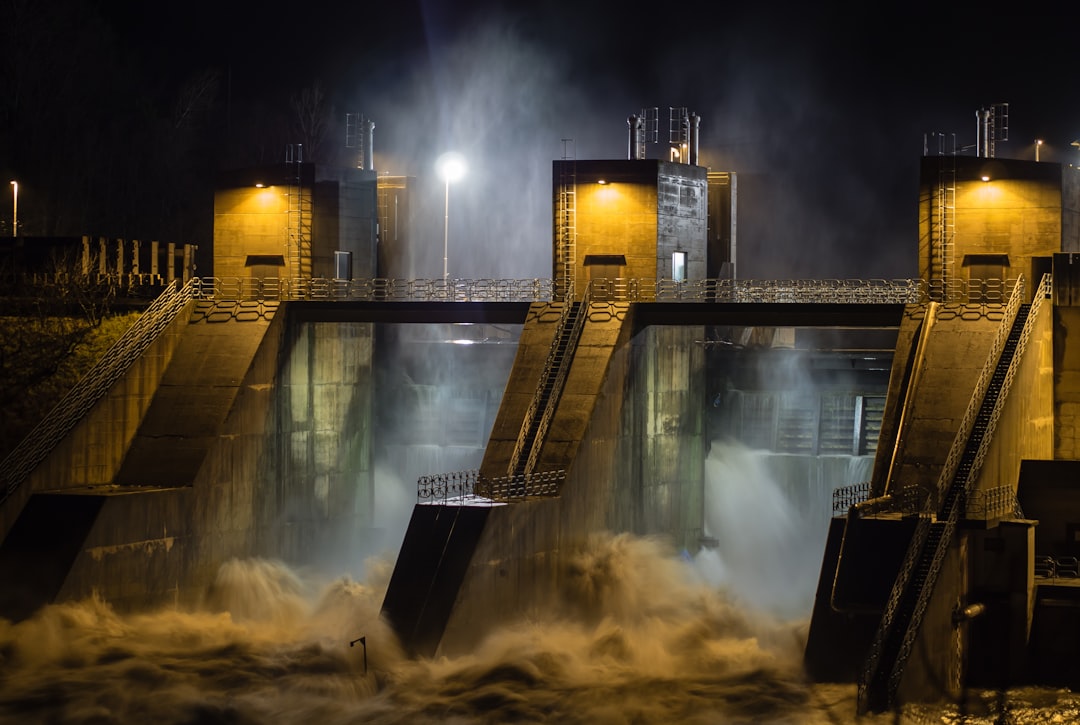What is it about?
Wildfires can lead to a range of challenges beyond their immediate damage. One less obvious issue is the occurrence of landslides during the rainy season. This movement of land and dirt can put people, nature, and infrastructure at risk, but unfortunately, we do not fully understand why it occurs. This study checked what happened to the land and soil after the 2019 Williams Flats wildfire in Washington. What scientists discovered is that the burned soil changes slowly over time. This affects how it soaks up water and snow. These changes can make the land less stable, which is a big problem for people and structures we build.
Featured Image

Photo by Joanne Francis on Unsplash
Why is it important?
In the Western United States, wildfires are happening more often and getting worse. These fires change the soil, making the land less firm and posing a significant risk to nearby areas. However, because soil is always changing, the initial measurements taken right after a wildfire might not give a complete picture of how damage will develop over time. By understanding this process better, we can get ready for the long-term effects of wildfires. This knowledge can help us create plans to lessen the damage from this danger and make smart choices about land use and city planning. KEY TAKEAWAY: Wildfires leave lasting damage to soil, which impacts land stability and puts nearby areas at risk. Understanding these changes helps us create effective strategies to keep everyone safe in places prone to wildfires. This research relates to the following Sustainable Development Goals: • SDG 15 - Life on Land • SDG 11 - Sustainable Cities and Communities • SDG 13 - Climate Action • SDG 9 - Industry, Innovation, and Infrastructure
Read the Original
This page is a summary of: Changes in Soil Properties over Time after a Wildfire and Implications to Slope Stability, Journal of Geotechnical and Geoenvironmental Engineering, July 2023, American Society of Civil Engineers (ASCE),
DOI: 10.1061/jggefk.gteng-11348.
You can read the full text:
Resources
SDG Showcase: Goal 15 – Life On Land
More plain language summaries of research relevant to Sustainable Development Goal 15: Life On Land– brought to you by the SDG Knowledge Cooperative
SDG Showcase: Goal 11 – Sustainable Cities and Communities
More plain language summaries of research relevant to Sustainable Development Goal 11: Sustainable Cities and Communities – brought to you by the SDG Knowledge Cooperative
SDG Showcase: Goal 13 – Climate Action
More plain language summaries of research relevant to Sustainable Development Goal 13: Climate Action – brought to you by the SDG Knowledge Cooperative
SDG Showcase: Goal 9 – Industry, Innovation and Infrastructure
More plain language summaries of research relevant to Sustainable Development Goal 9: Industry, Innovation and Infrastructure – brought to you by the SDG Knowledge Cooperative
ASCE Sustainable Development Goals Showcase
More plain language summaries from ASCE relevant to Sustainable Development Goals
SDG Knowledge Cooperative
More plain language summaries of research relevant to all the Sustainable Development Goals.
ASCE Climate Change Showcase
More plain language summaries from ASCE relevant to Climate Change
Climate Change Showcase
More plain language summaries of research relevant to Climate Change
Contributors
Be the first to contribute to this page










